Correct loading
How your trusty steed will get you to your destination safely
Loading the caravan correctly protects you in three ways: against accidents, fines and damage to the interior. We are here to tell you all about correct loading and how you can prevent fines and damage. Our Dethleffs expert and Caravan Product Manager Richard Angerer is on hand with helpful tips:
The right way to pack
There are three risks when it comes to incorrect and careless packing: Unevenly distributed weight impairs the caravan’s driving stability. If a heavy load shifts, it could damage the furnishings. And if you take too much, you could risk damage due to overloading and a hefty fine. So it’s important to know how heavy your caravan is (unladen weight), the maximum it is allowed to weigh (total mass) and the support load. There are also weight limits for towing vehicles. The towing capacity, total mass, payload capacity and support load are set in stone here. The maximum values are noted in the vehicle documents (old vehicle registration certificate / Part II of the new vehicle registration certificate) for both the caravan and the towing vehicle as well as on the VIN plates. You should weigh the caravan and towing vehicle yourself to determine their actual weight, as distribution and retrofitted accessories can increase the unladen weight. Calibrated scales used by agricultural cooperatives, builders’ merchants and vehicle test centres are suitable for this purpose. However, not all of them will have scales, so call ahead to check.
![[Translate to International:] On Tour mit dem Dethleffs Nomad [Translate to International:] On Tour mit dem Dethleffs Nomad](/fileadmin/_processed_/2/d/csm_03_Allweglehen_-_Dethleffs___BMW-1__Klein__1d74531676.jpg)
What should the support load be?
The support load must be at least four percent of the actual weight of the trailer, but no less than 25 kilos. Nevertheless, you should always ensure it reaches the maximum value because the higher the support load, the less likely the caravan is to sway. For example: A vehicle and trailer with a 25-kilo support load began to sway at just over 90 km/h (56 mph) in CARAVAN safety tests.
But when the support load was increased by 50 kilos to 75 kilos, it started to sway at 113 km/h (70 mph). Although the support load supports the towing vehicle, the caravan must nevertheless reach the total mass when uncoupled from the towing vehicle, i.e. with the wheels and support wheel on the scales. Some car manufacturers state higher rear axle loads and/or total masses when the trailer is towed at up to 100 km/h (62 mph) so that the towing vehicle’s payload is not reduced too much.
Calculating the support load
But how do you calculate the support load? There are three options here: With specialised or bathroom scales or a support wheel with built-in support load scales. If you don’t want to buy specialised scales to weigh the support load, you can manage with accurate bathroom scales. However, you will also need a wooden or metal rod long enough to stand on the scales and slide into the tow ball slot to keep the caravan perfectly horizontal. Or in the exact position where it hangs behind the loaded towing vehicle. The lower the draw bar, the bigger the support load.
Checklist: Here’s how to pack!
- Wall units: perfect for light textiles. Leave open compartments empty.
- Kitchen: heavy items on the bottom, light items on the top. If the fridge is on the same side, be mindful of the weight distribution (left/right)
- Cainets: hanging clothes shouldn’t dangle too much
- Storage benches and bed rests: space for furniture, barbecues and tent
- Most important rule: Always store items close to the floor and the axles (see above). Be mindful of heating elements, cables and water pipes
- Bicycles: best stored on the caravan draw bar or the car roof. The caravan’s rear carriers are crucial here
- Heavy items always go in the car!
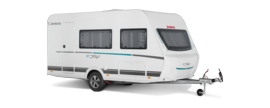
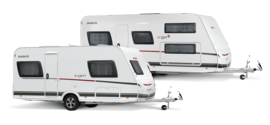
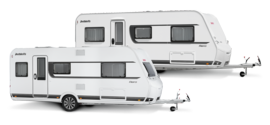
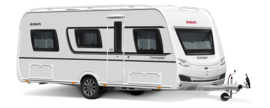
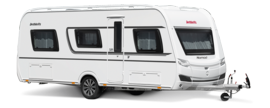
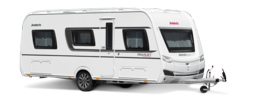
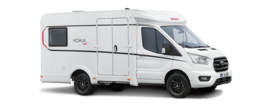
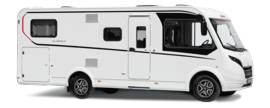
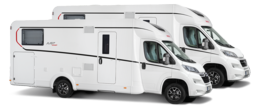
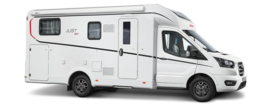
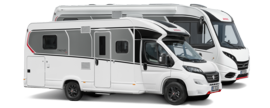
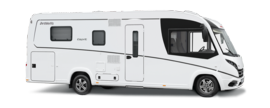
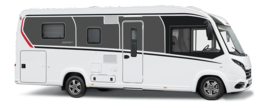
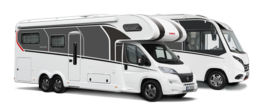
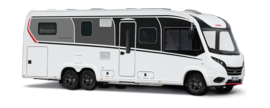
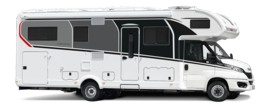
![[Translate to International:] Camping-Tipps für den Frühling im Dethleffs Wohnwagen [Translate to International:] Camping-Tipps für den Frühling im Dethleffs Wohnwagen](/fileadmin/templates/gfx/background/blank.gif)